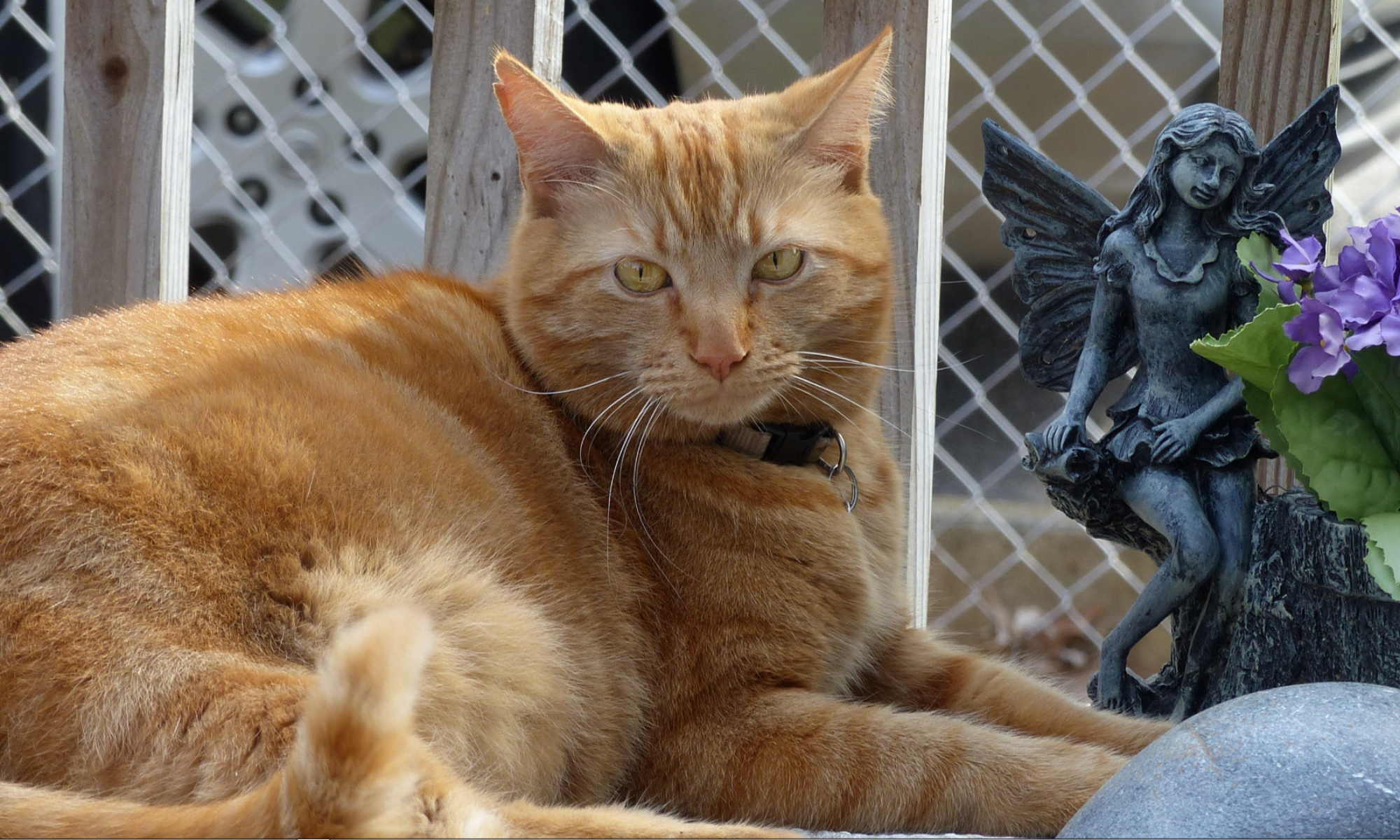Link Drillers
Snap Shots is of a class of scripts called Link Drillers. They have the ability to drill into the link to reveal more information about the link. There are a couple of main reasons why you might want to do this, depending on your perspective (whether you’re currently an author or a reader).
As a reader, you might drill into the link to see if there’s anything else you want to do with it. Maybe you want to click it, maybe not. Maybe you want to do something entirely different with it. You might never know unless you can get at whatever it is that’s inside that link.
As an author, you want to provide the most engaging content possible. You want your reader to keep reading your stuff, whether you’re already on the so-called A-list or not. You know that you have to be distinctive, with a voice that’s not only all your own, but entertaining to your readership. They gotta wanna come back. Today, I will focus only on the author’s perspective.
The Author’s Perspective
As a tool for the author, Snap Shots is superb. There are 5 basic ways an author might use it.
1.Instant Reference/Clarification – The author can provide a quick definition for unknown words or concepts without the reader ever leaving the page. You can see an example of this use in the 1st paragraph above, with the word “scripts”. Or, the author might rather choose to clarify his choice of words, so that the reader is more certain of the contextual meaning, as shown in this screenshot.

In this instance, the author used a word that, in context, could have been exactly what you see or could have been a typo (rapidly). The Snap Shot clearly shows the author’s intent.
.
.
2.Punctuation – The author can “punctuate” his writing with images that evoke emotional responses in the reader, expanding artistic styling capabilities. Satire, irony, and other forms of nuanced speech can be illustrated with instant imagery.

Images become a tool for the author, much like a punctuation mark or a comma, enhancing the ability to convey emotional intent with perfect clarity.
.
.
3.Allusion – The author can now use working video and audio, allowing literary tools such as “allusion” to be developed further. By showing the allusion to those not familiar with it, a greater and more rounded appreciation of the topic is won by more people.

The author can pinpoint the source of his allusion, introducing some readers to new sources of understanding and providing a moment of nostalgia for the informed.
Allusion becomes real.
.
.
4.Presentation – The author can provide an instant image, video or audio as a reference, or example of a topic.

This post was all about this video, so here it is without even leaving the page.
.
.
5.Enticement – The author can “tease”, to entice the reader to actually click the link.

Here the author is teasing the reader. Notice the mainly black website inside the Snapshot. Look at the words the author wrote, teasing readers that they “really ought to click that Foreigner link”.
(Go ahead, click it with your scroll button…it’ll play forever….)
And The Band Plays On
We’ve seen how a judicious use of Snap Shots can add value to the content in our sites. We can instantly clarify our meaning or provide a source of reference. We can stir emotions, we can take our readers back in time to a place they have, or perhaps, have never been. And we can get personal, play around a little and generally just have fun with our readers like old friends.
Is this manipulating our readers? Sure it is, much in the same way that Hemingway manipulated his readers by naming a book “For Whom The Bell Tolls”. With just 5 words, he told us the story, and made us want the details even more. Did we get offended by that? No. To the contrary, it became required reading.
Using link drillers can add another dimension to our writing, and help us to create our own, easily recognizable voice. In this constantly evolving world of internet publishing, technology is finally beginning to enable the artist in all of us. Some of us will embrace it, some will “leave well enough alone”. If we ignore the advances we see available to us, we run the risk of being left behind. Once that happens, to partially quote John Donne:
“…never send to know for whom the bell tolls; it tolls for thee…”
Feel free to look through Wordout at the many ways link drillers are used. In a couple of posts you will see them on almost every link. I’ve left those posts untouched, as examples of how NOT to use drillers. Judiciously used, they are great. But overusing them, or using them in places where they simply are not needed will drive visitors from your site like a wailing banshee. Remember: Link drillers are like exclamation marks, or that silly internet phrase, “LOL”. Too many and they mean nothing. Too much, and we lose our credibility.
BTW, I’m sure you noticed those little blue boxes in some of the images above. Those are link drillers, too, but those are oriented more toward the readers than the authors. I’ll cover them soon, in upcoming pieces on AdaptiveBlue.
But before that happens, I’ll be covering Snap Shots from the more important reader’s perspective. After all, it’s all about you guys, and me, when I’m one of you. Without the readers, this would all be pointless.
I am Jon, and… is that the starting bell I hear?
.
this post has been edited for content and style.

Hi Jon,
Just found your blog as a result of the Snap blog. Very nice review of the various uses for Snap Shots.
Don
Thanks Don!